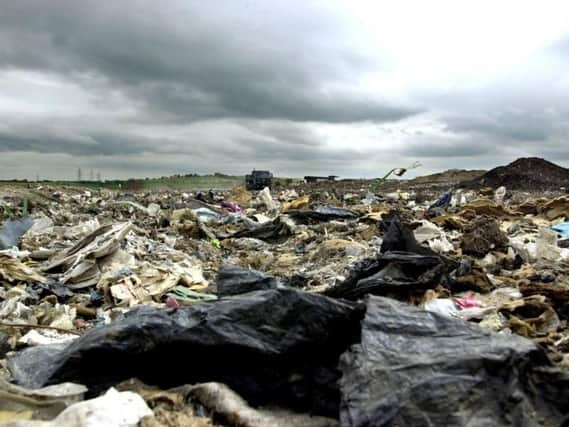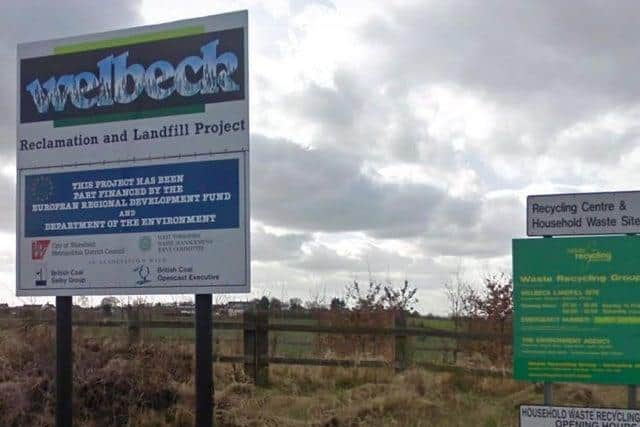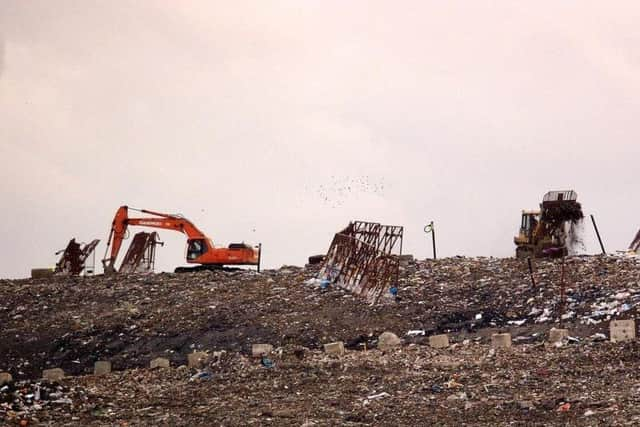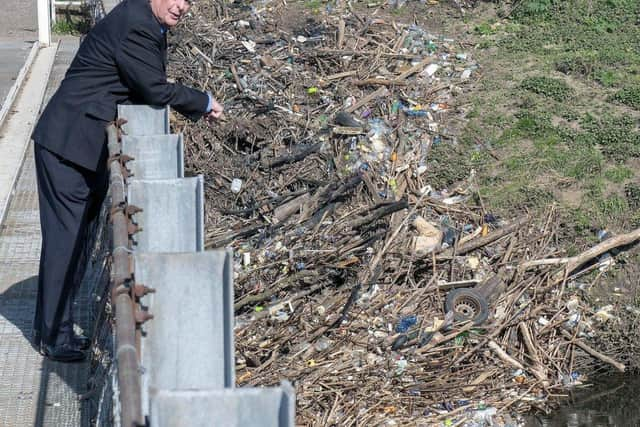The key revelations in 'warts and all' Wakefield Council report about Welbeck landfill site


The council's leader, Denise Jeffery, admitted on Tuesday that mistakes had been made by the local authority in its handling of Welbeck Landfill Site, since it was created in 1998.
Since 2006, the site has been run by a private company, Welbeck Waste Management Ltd (WWML), also known as FCC Environment, on a lease from the council.
Advertisement
Hide AdAdvertisement
Hide AdThe council has doubled down on its pledge from earlier this year to restore the site, which has drawn litter and smells complaints over the years, into a blissful country park for locals to enjoy.


Coun Jeffery, who described the report herself as "warts and all", told a Cabinet meeting that the site needed to be sorted out so that people can "move on".
Residents Against Toxic Scheme (RATS) president Paul Dainton, who has vigorously campaigned against the landfill site since its inception, said he felt "vindicated" by the council's admissions.
These are the key revelations from the report and what it means for the site.
Advertisement
Hide AdAdvertisement
Hide Ad1) The Environment Agency investigated numerous allegations, despite issuing only one recorded breach against managers


RATS has persistently claimed that the site has produced foul stenches, drawn pests and that waste has been allowed to pollute the River Calder because of mismanagement at Welbeck.
Throughout the 23 years the landfill site has been in operation however, the Environment Agency (EA) has only ever recorded one breach against the site.
But the report admits that the EA did investigate a number of the other allegations during the late 2000s and early 2010s.
Advertisement
Hide AdAdvertisement
Hide AdIt suggests that RATS' claims, which they strongly felt weren't publicly acknowledged by the authorities at the time, carried plenty of credibility.


2) The council were entitled to rip up their contract with WWML, but chose not to
The report says that the local authority was allowed to terminate the lease if a "significant breach" occurred.
However, after talking with the Environment Agency, it adds that, "The council chose not to pursue termination."
Advertisement
Hide AdAdvertisement
Hide Ad3) The council had no power to financially penalise the tip managers
Tip bosses asked for yet another time extension to the landfill site in 2018, as promises to deliver the country park went unfulfilled for a second time in 10 years.
But when members of the council's planning committee asked WWML whether or not they'd been fined for not restoring the site on time, the company was excused from answering on the grounds that the question was "irrelevant" and "unfair".
Now, the report has explained that the council never had any power to "step in or fine" WWML.
Advertisement
Hide AdAdvertisement
Hide Ad"WWML are not a contractor to the council and work independently from them," the report says.
4) WWML stopped paying rent and threatened to walk away from the site
The report outlines how, in 2014, tip bosses told the council that Welbeck was turning over less money because it was processing less waste.
As a result they claimed the site was no longer financially viable and they couldn't afford the rent.
Advertisement
Hide AdAdvertisement
Hide AdAt one point, WWML "considered dissolving the company", which would have left the council to pick up the very expensive pieces of a scheme that was still well off being completed.
No financial bond, which would have effectively guaranteed the council compensation if the firm did walk away, had ever been imposed.
By 2018, the firm owed the council more than £8m in unpaid rent, backing up RATS' findings from a Freedom of Information (FOI) request they later submitted.
A settlement was eventually reached between the council and WWML to the tune of just over £9m. Most of this has already been paid, with the remainder due when WWML finally leave the site in 2033.
Advertisement
Hide AdAdvertisement
Hide AdIn the meantime, the current rental payments have been renegotiated.
5) Only 40 per cent of the original site will ever be filled with landfill before a country park is built
Welbeck was supposed to become a country park in 2008 and then again, in 2018, but WWML were twice given a time extension to keep running the landfill site.
On both occasions, the company argued that the rise in household recycling had contributed to a collapse in the amount of waste it was processing - hence it needed more time to work on the scheme.
Advertisement
Hide AdAdvertisement
Hide AdThe report's admission that less half of the original land will ever be filled with waste before work on the country park starts in 2025 begs one big question:
If that's not a problem now, why was it such an issue in 2008 and 2018?
6) The company still wants to build homes on the land, alongside the country park
WWML did not comment when, in early 2020, RATS claimed the firm was planning to build 1,000 new homes on the site in what was "described as a betrayal" to the country park scheme.
Advertisement
Hide AdAdvertisement
Hide AdThe report confirms WWML do indeed want to build properties on the land.
However, it adds that local councillors have "informally objected" to that prospect.
While the council admits that there is nothing to stop WWML from submitting a planning application for homes on the site, it goes on to say that the area is classed as green belt land and not allocated for housing under Wakefield's local plan.
Given the history of the site, campaigners could be forgiven for being sceptical about that reassurance.
Local Democracy Reporting Service